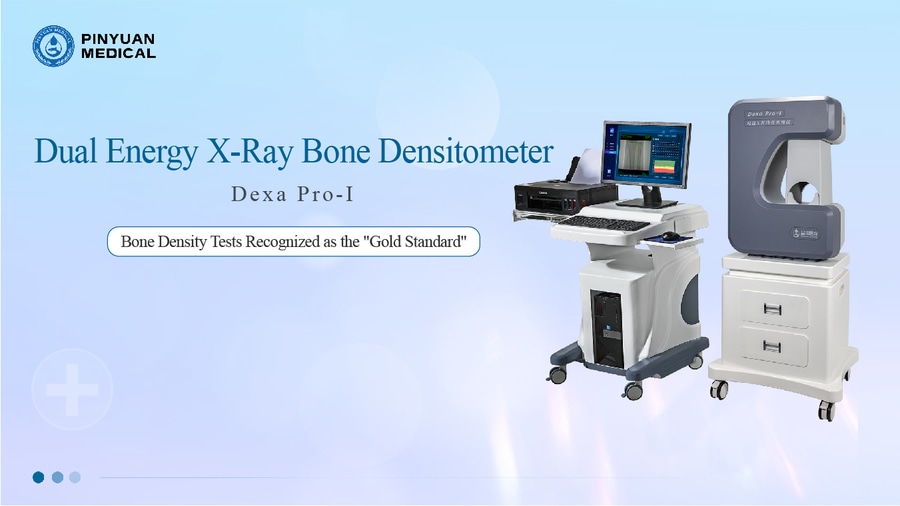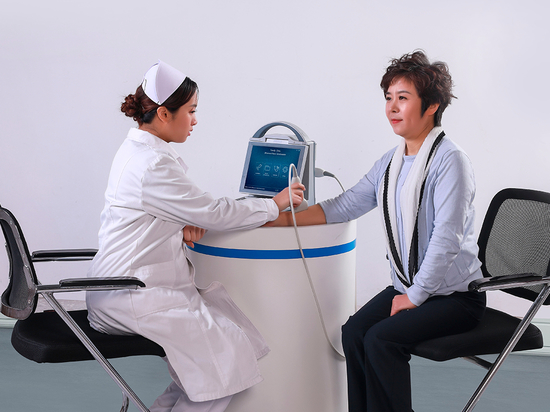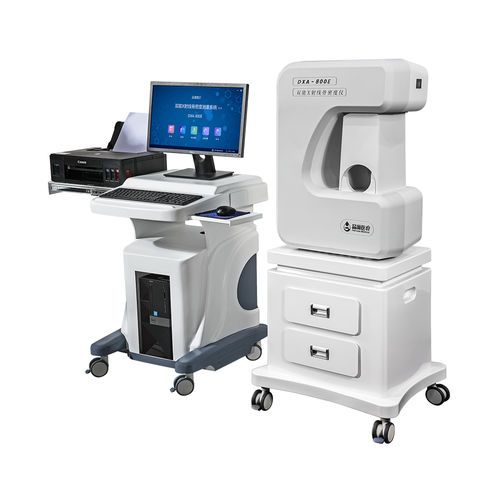
#Industry News
Dual-energy X-ray bone density testing: Why do it? Who needs to do it?
Bone health spans the entire life cycle, from the accumulation of bone mass in youth to the prevention of fractures in old age, and scientific assessment and intervention are key to reducing the burden of disease.
Aunt Wang, 65, recently felt a sore back, a slight twist while drying clothes fell into a wrist fracture. The doctor said, "It's not an accident. It's a brittle bone." -- The prevalence rate of osteoporosis in people over 50 years old in China exceeds 32%, and more than 3 million fractures are caused by osteoporosis every year. Dual-energy X-ray bone mineral density test (DXA), is the internationally recognized "gold standard for bone health", can detect bone loss 5-10 years in advance, so that the risk of fracture is not hidden.
What is Dual-energy X-ray Bone Mineral Density (DXA)?
Dual-energy X-ray Absorptiometry (DXA) is the internationally recognized "gold standard" for the diagnosis of osteoporosis. It penetrates bone with X-rays of two different energies to accurately measure bone mineral density (BMD), assess bone strength, and predict fracture risk. Its advantages are low radiation dose, fast detection speed and high accuracy.
Second, why do DXA tests?
1. Early detection of osteoporosis and prevention of fractures
Known as the "silent killer," osteoporosis is often asymptomatic in its early stages, but loss of bone mass can lead to weak bones, and fractures can be triggered by a minor fall or even a cough. According to the World Health Organization (WHO), an osteoporotic fracture occurs every three seconds worldwide, and about one in three women over the age of 50 will experience such a fracture. DXA quantifies bone loss through T-scores (compared to bone density in healthy young adults) and Z-scores (compared to peers), helping doctors intervene before fractures occur.
2. Guide treatment and efficacy monitoring
For patients with diagnosed osteoporosis, DXA can be regularly monitored for the effects of medication or lifestyle interventions.
3. Assess fracture risk in specific populations
Menopausal women: Decreased estrogen levels lead to accelerated bone loss, and bone mass may decrease by 20% within 5 years after menopause.
Long-term users: glucocorticoid use for more than 3 months increases the risk of bone loss by 3-5 times.
Patients with chronic diseases: Patients with diabetes, hyperthyroidism, and rheumatoid arthritis have a significantly increased risk of fracture.
Who needs DXA testing?
DXA is a core tool in osteoporosis prevention and control systems, but not for everyone. Regular testing is recommended for the following groups:
1. Postmenopausal women (especially early menopause) and men over 50 years old;
2. Have fragility fracture history or family fracture history;
3. Long-term use of glucocorticoids, antiepileptic drugs;
4. Patients with chronic kidney disease and malabsorption syndrome.
4. Rumors about DXA
Myth # 1: "Young people don't need to check" - so do teenagers with idiopathic osteoporosis and long-term dieters.
Myth # 2: "CT is clearer" - DXA radiation is very small and focuses more on early subtle changes.
Myth # 3: "Testing accelerates calcium loss" - X-rays are only used for penetration measurements and do not affect bone metabolism or calcium absorption.
Bone health spans the entire life cycle, from the accumulation of bone mass in youth to the prevention of fractures in old age, and scientific assessment and intervention are key to reducing the burden of disease.






